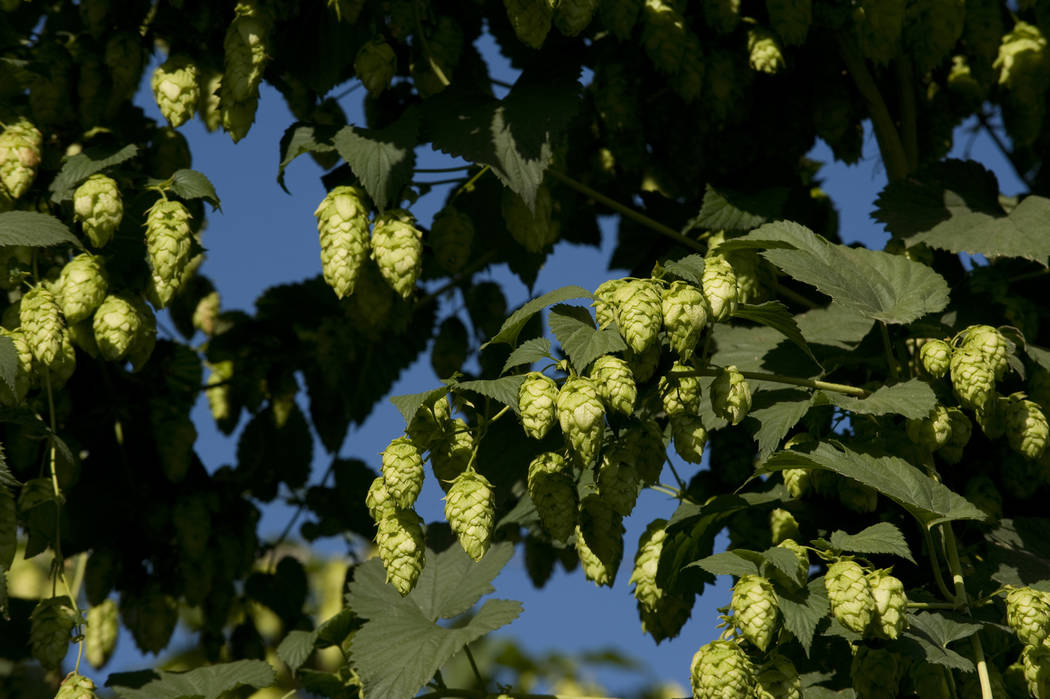
Come to Beer Camp This Friday 6/30 and Try Our Eight Year IPA
June 28, 2017
Patience is a virtue for beer geeks who relish dark, velvety beers which have been barrel-aged in casks imbued with spirits like whiskey, rum, and other delicious elixirs. These beers can take months or even a year or more to come to fruition, and even then, the more disciplined beer lover will cellar these beers like a fine wine, allowing the beer to soften and improve even more over time. Looking at spirits themselves, a 30 year whiskey, while rare, is another delicious treat requiring time to perfect.
However, when it comes to hoppier beers like IPAs, the secret to enjoyment is to be greedy and drink it fresh – no discipline required! A great example of this is Stone’s “Enjoy By” series – IPAs crafted to be, as the name states, enjoyed by a certain period of time, otherwise the hoppier characteristics are diminished quite greatly, but truly an amazing experience when fresh.
So, for those who are familiar with beer cellaring – and what styles are most condusive to this – the title to this article should have raised a few eyebrows. And yes, we admit this was a bit of a shameless way of starting a conversation, but we feel it is important for consumers to know how much goes into a new hop release.
“What kind of IPA takes eight years to make,” you may ask, “and how exactly does it taste?”
We admit, the Eight Year IPA we are referring to – which was brewed by Bale Breaker, a brewery which specializes in hop-forward beers, is located on a hop farm, and conveniently just down the road from us in hop country – was brewed in typical fashion and will be drunk fresh at Beer Camp Across the World this weekend in Seattle.
So what makes it an Eight Year IPA then? Well, the eight year part is referring to the amount of time it takes for a new hop to come to commercial fruition.
Hop breeding is a long and arduous task, weeding out hundreds or thousands of plants every year. Hops are a dioecious species, meaning that there are distinct male and female plants. Female plants are what you see in all commercial yards as female plants are the ones which bear hop cones. Hop cones, by the way, are what contain lupulin, and the oils that bitter beer and provide the aromas you enjoy, like pine, citrus, grapefruit, tropical fruit, resin, and even sometimes other flavors like coconut, wood, etc.
Male plants look a bit different and contain pollen that, when introduced to a female plant, will create a seed which, when planted, will sprout a new variety. It is common to see bags over female plants in a breeding yard, as breeders will cross-breed thousands of potential new varieties every year, but most will not make it past that. Similar to people, hops display very different characteristics even if the parent lineage is the same. Just as two siblings with the same parents can look and be vastly different, two hops bred from the same plants can have totally different characteristics and DNA.
After the initial crossings, plants are tagged and grown, evaluating the new plants on a number of factors such as yield potential, overall vigor, disease resistance, chemistry, and of course, brewing characteristics. Most plants don't have what it takes to move past this point. For those hops that do show promise, a few plants are put into a commercial yard setting to further see how they perform and after further evaluation, introduced to brewers for feedback, constantly paying attention to how these plants are developing. Plants which show strong promise the first few years can decline rapidly in vigor and yield later on. The aroma characteristics can even change after a few years, so a long time period is crucial to ensure consistent quality.
Overall, to properly evaluate a new hop variety, it can take eight years before a new hop is commercially released, hence, our “Eight Year IPA” featuring an experimental hop. For a visual summary of this, check out a hop breeding infographic on our website. It can be a big commitment for a brewery to introduce a new hop to their lineup, and the decision to adopt a new variety is not one made lightly. Just like growers have a checklist of attributes a hop must have to be released commercially, brewers have their own checklists as well before committing to adding it to their hop lineup long-term.
So, next time you try a beer with an experimental variety in it, know that it took years for that hop to make its way to your glass, representing thousands of hops that didn’t make the cut, and hundreds of thousands of man-hours and resources to meticulously keep records, evaluate in the field, and work with brewers to bring the best possible hops to you for your sipping pleasure.
Speaking of the next time you try a beer with an experimental variety, we will be serving Eight Year IPA at Beer Camp this weekend in Seattle – did we mention we were shameless? – made especially for this event. We invite you to join us and try it for yourself first-hand. Eight year IPA features EXP WSU 11059-059, a hop which shows great promise from our public breeding program, and one we can’t wait for you to try it.
Beer Camp is also a great FUNdraiser for Hop Growers of America (we are the official hosts for the Seattle festival), so know that you are not only buying a ticket for a wonderful evening on the waterfront complete with over 200 beers to try, but you will also be benefitting our organization, helping us with projects like developing new hop varieties.
We hope you can make it on Friday to taste these efforts for yourself firsthand. To learn more about Beer Camp, held in Gas Works Park this Friday, June 30, 5 pm to 10 pm, visit our event listing and follow the link to snag your tickets before they sell out.
See you there, beer and hop lovers!
Back
Liberty Building, 32 N 3rd St - Suite 408 \ Yakima, WA 98901 Mail to: P.O. Box 2885 \ Yakima, WA 98907 1.509.453.4749
